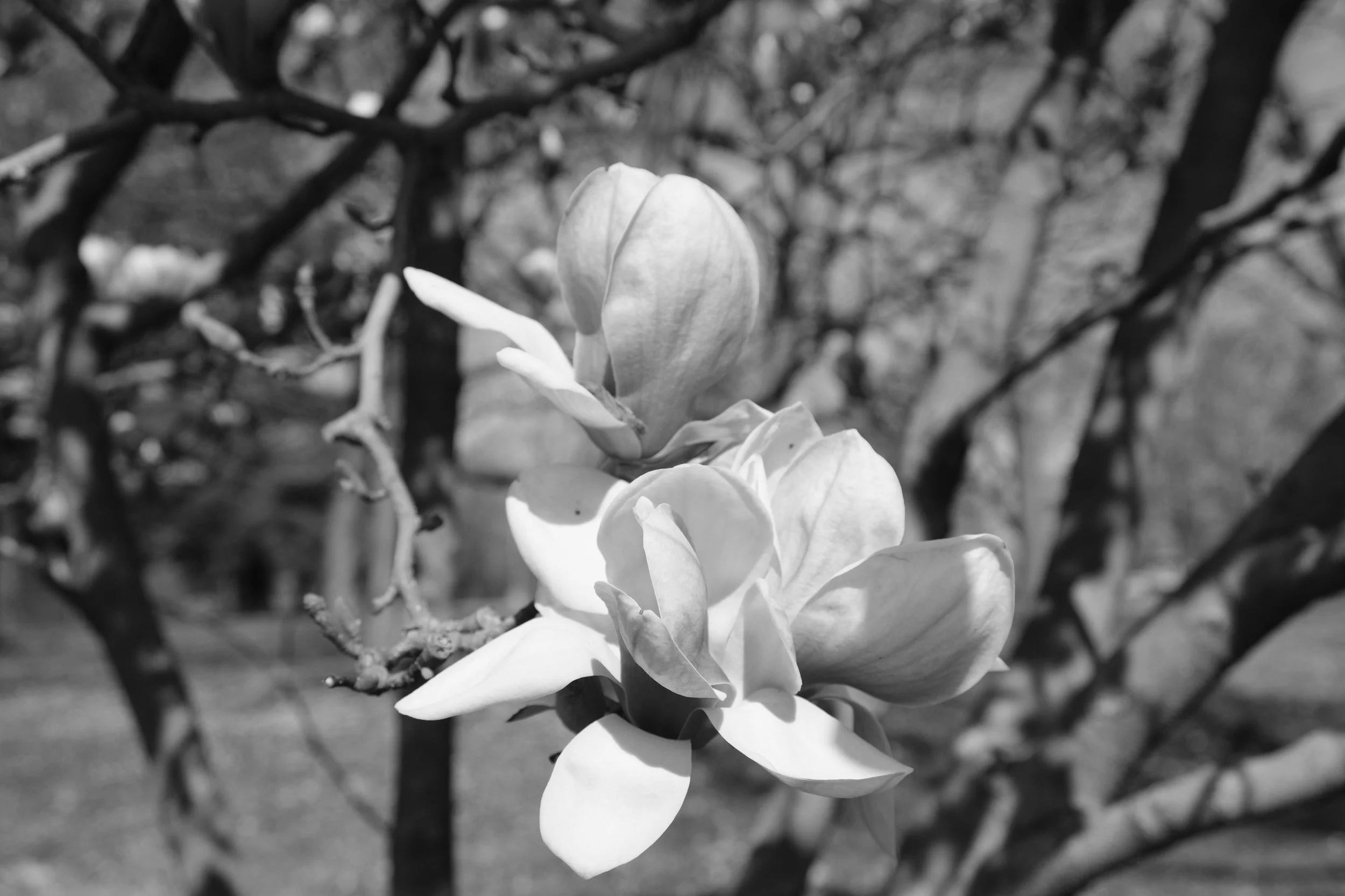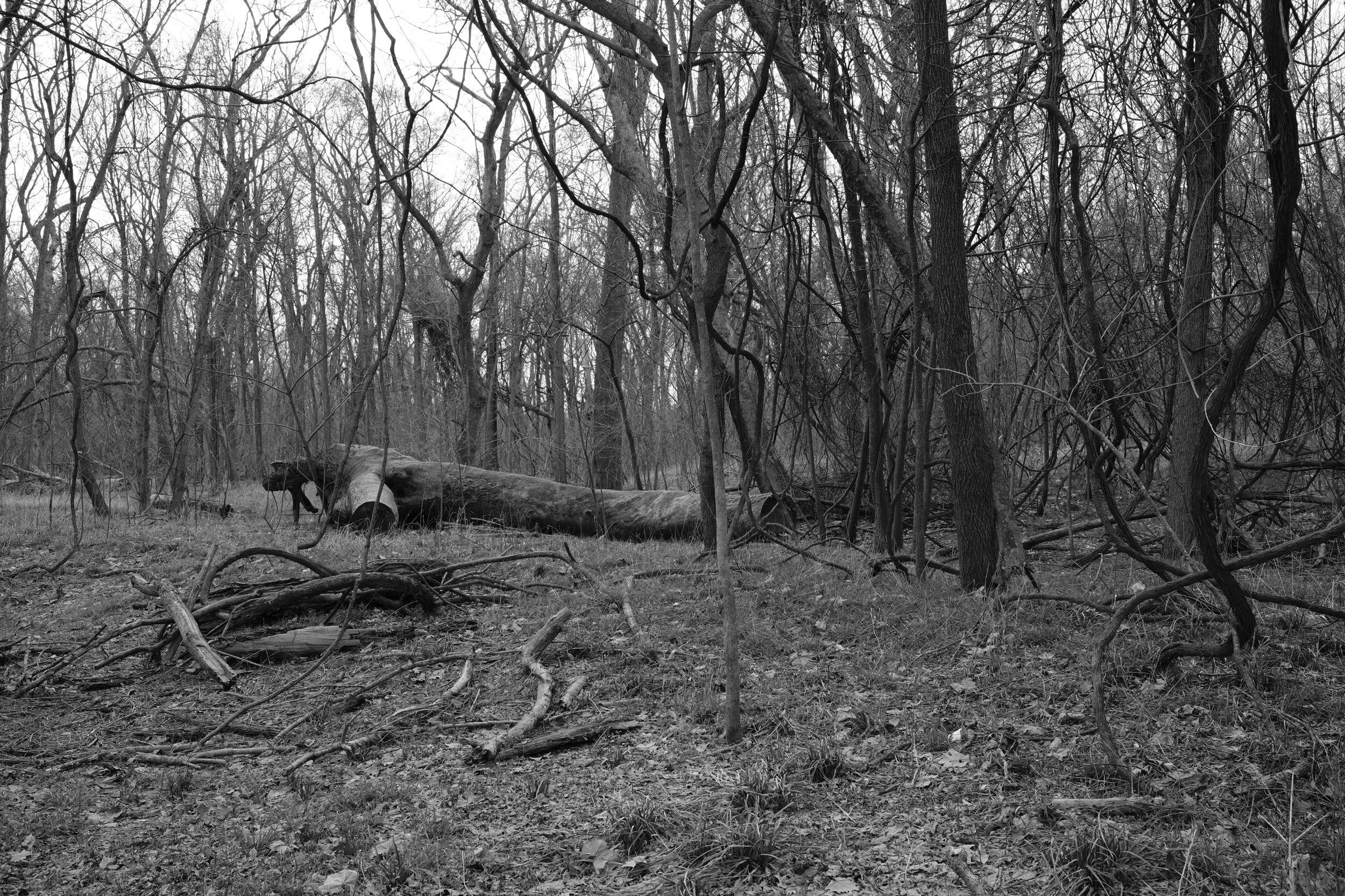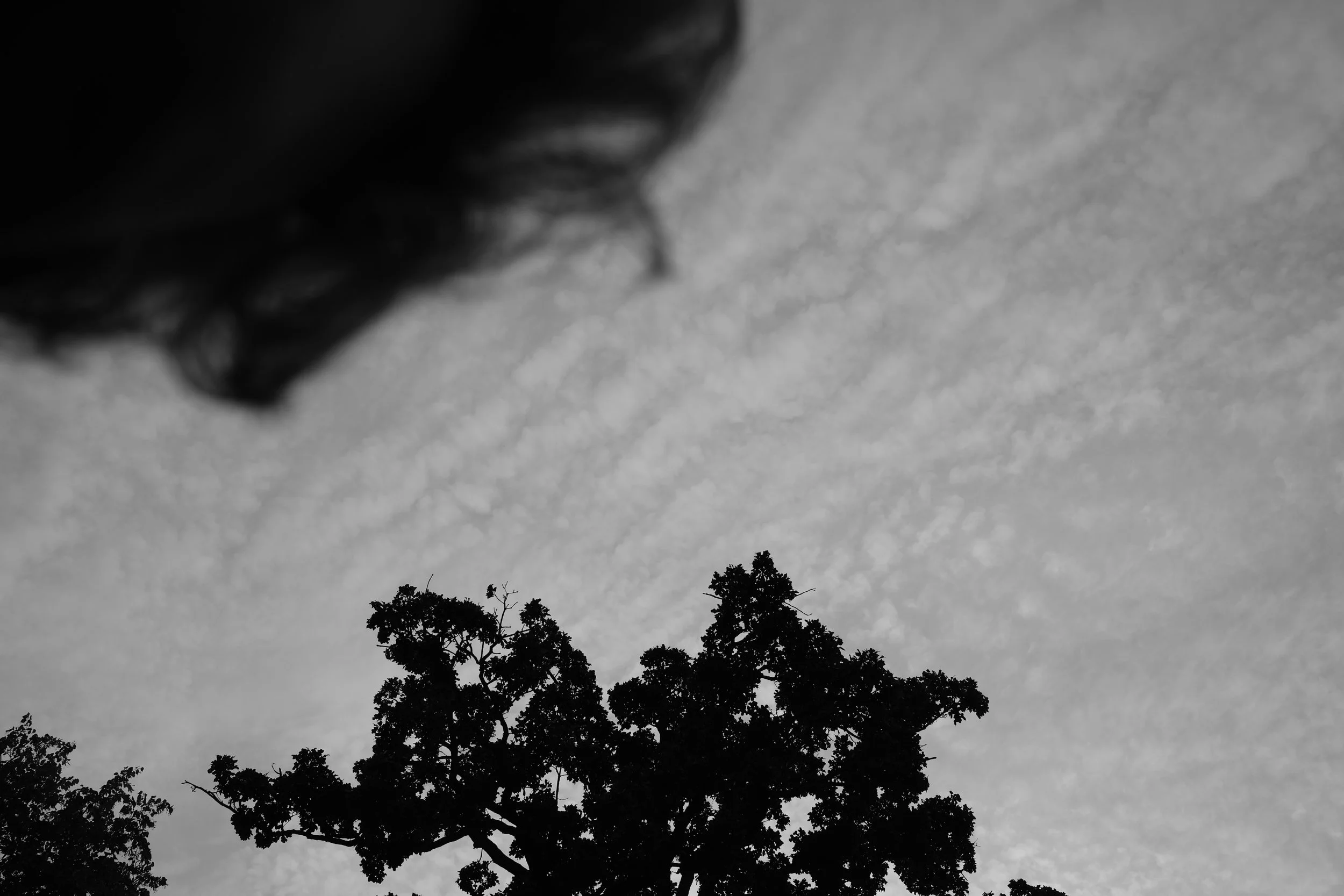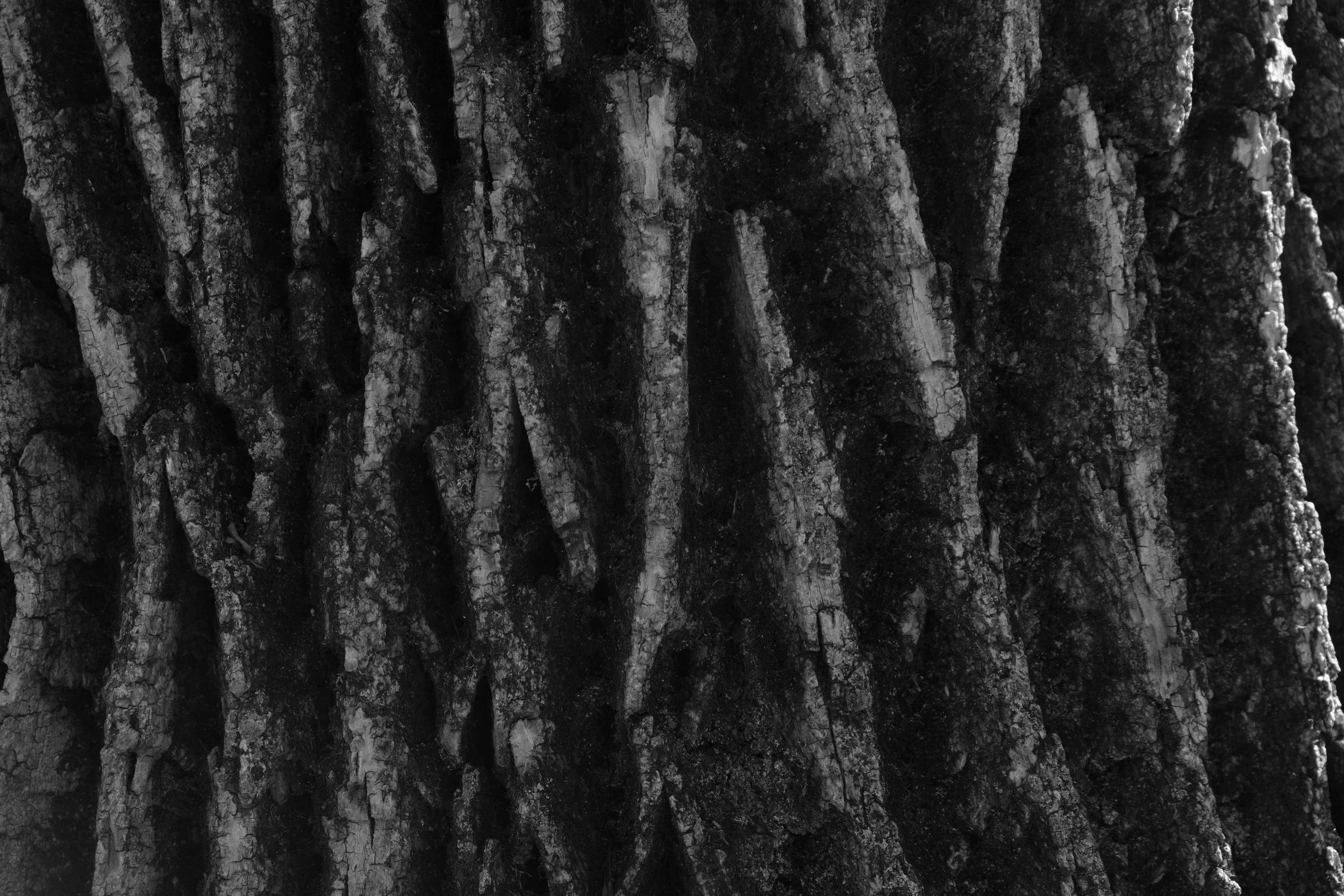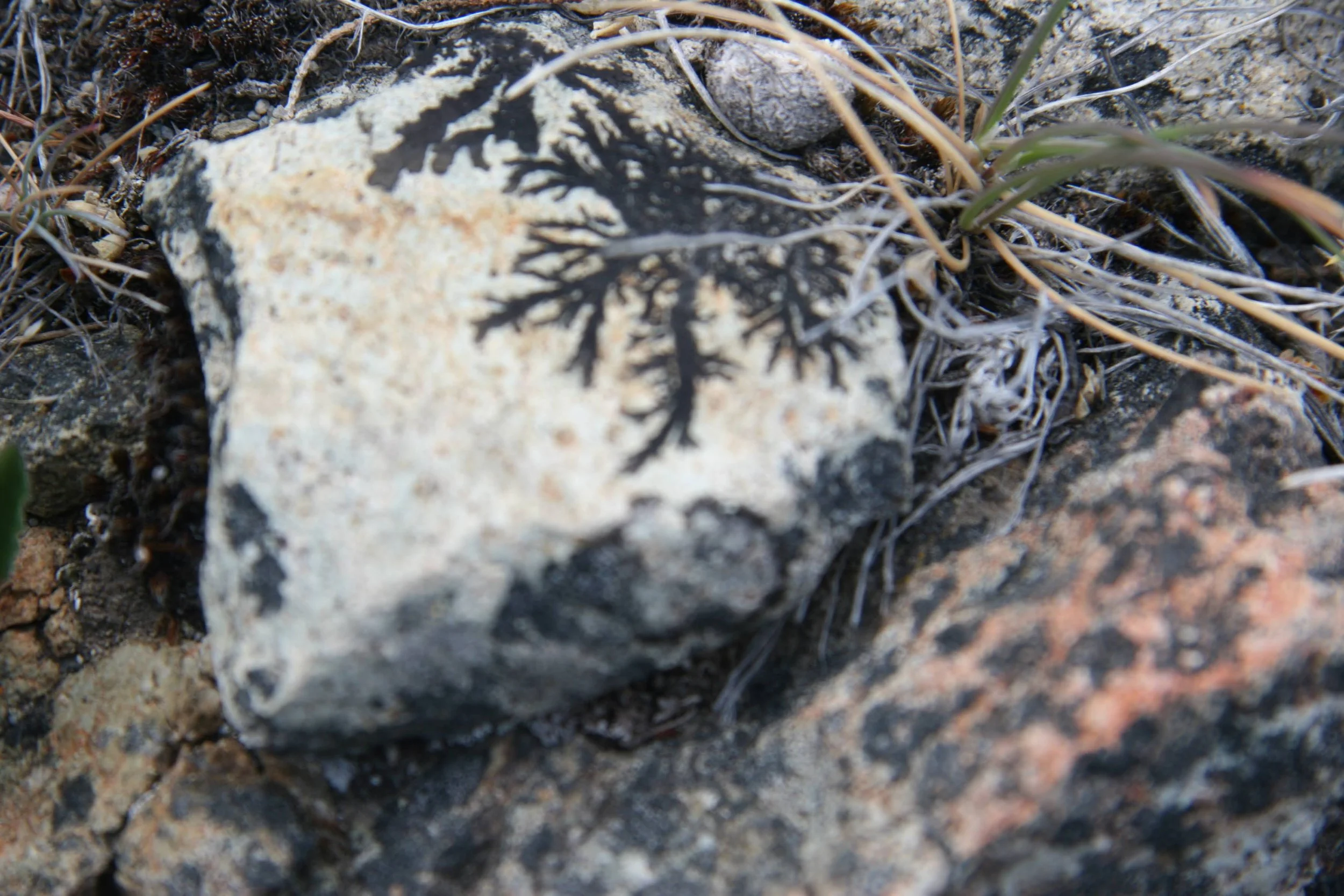A Holdover in Wasp Country
1
I’ve never wanted to manage rental property, to be a landlord, to have tenants. I tend to imagine the worst. Rent checks arriving late or not at all, unsent by holdovers hunkered down in dilapidated units, humans possessed of necessary vigilance as they face the slowly spinning teeth of eviction.
Yet I have appointed myself caretaker of an old farmhouse in rural Missouri. If you were to drop a pin on this place it would land just about dead center on the map of America. Belonging to a friend of mine and having been in his family since 1920, it sits on sixty acres of cattle pasture and hardwood forest we call Farm. The rundown house is no longer home to any humans but shines like a beacon in Nature’s classifieds: “Nearly Abandoned Farmhouse, No Rent Asked, Yours for the Taking If You Want It.” That’s how it appears to the fauna that have moved in: paper wasps, mud daubers, a variety of snakes, packrats, an upstanding family of groundhogs, brown recluses, toads, armadillos, mice, moths, raccoons, woodpeckers, and whip-poor-wills.
This year I’ve spent more time among the menagerie, mowing the grass around the house regularly, as if it were a lawn again. I also do small fixes on the place, as needed. I’m no carpenter but I do what I can. I’m also not a natural at swinging the eviction hammer but I love the place too much; I plan to sleep in that house thirty or forty nights a year, ad infinitum. If I let the critters lodge there, the place will be theirs and I’ll be an onlooker, a tourist at the zoo, a man in a tent with a chainsaw who occasionally stops by for the night.
2
My study of the Farm wasps started with a mistake. Before the year 2020—which will be known to history for the COVID-19 outbreak and the associated lockdowns, travel restrictions, and social distancing mandates—I hardly ever visited Farm during the summer months. The grass would have grown deep by June, the air just as humid, making the place virtually uninhabitable. Because of this, I would visit at just about any other time of year. This year’s been a little different. With my wife working at home, with the gym closed, with sports shut down, I found more time on my hands—and the flexibility to take advantage of it.
Early this September, I noticed one wing of the wasp contingent go starkly absent. The mud daubers, who thronged peacefully from May to August, were virtually gone. I had hoped that their midyear strength in numbers meant another branch of the wasp family, the pugnacious paper wasps, were on the outs. On one of my early summer mowing trips, I watched rusty red paper wasp workers under fierce attack as slightly smaller and slimmer blue-metallic mud daubers swarmed them like a gang of gnats under a heavy June sun.
If you look up at the eaves of the house, if you step onto the back porch, if you dare pop your head into the moon-surface attic, you will see mud nest after mud nest. I assumed that the wasps visible in the spring and fall months were the same wasps who had made the prolific mud nests fixtured to all parts of the house. But no! The wasps I was accustomed to seeing in the spring and fall were in fact predominantly paper wasps. They’re auburn or rusty red in appearance, about an inch and a quarter long, with symmetrical, dark, blade-like wings. Their spindly back legs dangle in the air as they hover and buzz with suspicion at your mere presence. Paper wasps make honeycomb-like paper nests, usually hidden out of view.
It’s a different wasp—the eponymous mud dauber—that makes the mud nests.
Black-and-blue-bodied mud daubers go out into the atmosphere of the place where they sting and paralyze spiders, the zombified corpses of which they airlift to the mud huts made not for themselves but for their next generation. They mate. The female dauber lays an egg in the tubelike mud nest before continuing to add mud to the structure, giving it a dome-like appearance, the entrance to which is finally sealed with a bit more mud. The adult daubers disappear, overthrown by a coup of natural causes. Sometime in the spring, with the waxing of the light, the dauber egg becomes a larva, it stirs, gets hungry. What is this I find in my mud manger? A bevy of tasty, still-warm spiders? Thank you, don’t mind if I do. Breakfast lunch and dinner for the young dauber, now a pupa outgrowing its mud nest. It breaks through the dirt, it takes flight. In late April, the daubers fly again.
Mowing at Farm every two or three weeks this summer, I realized that the mud nest architects fly for a limited time only: May, June, July, part of August. The wasps I had seen first stirring early in the spring months; that I had seen thriving in September and October in prior years; the only wasps there that had ever stung me, those were paper wasps.
3
Once I studied up on wasps I felt a recurring sense of wishing I’d learned about them earlier. This is a side-effect of getting older. I’ve needed all of my adult life to discern something about paper wasps; to learn about which weeds beset the area, how to use a drill, how to make a decent fire, how a spark plug works. Living in ignorance has to be the hard part. I don’t know how well I’ll be getting around twenty years from now, when I’m on the older side of sixty. I don’t know if I’ll have had cancer or not, rotted from the inside out because of a bad diet, succumbed to COVID-19 or the next deadly virus. One theoretical benefit of learning is an easier life, if you’ve got more life to live. But another season’s slipping by and I’ve learned too late that controlling the paper wasps at Farm—if I’m going to go to the lengths of using chemicals, waging war—means starting early, in nascent spring.
Any paper wasps venturing out on a warm day in February or March are foundresses, the fertilized females, the hope for the species. The reason they aren’t aggressive in the early months is that they’re only just waking up from a months-long slumber, and the only item on their agenda is the building of a new paper nest, from scratch, using a mix of reclaimed wood and saliva. When they get that nest going—with help from subordinate sister foundresses in a complex relationship that Science doesn’t quite understand—and they’ve seeded fertilized eggs in the hexagonal nest cells, their focus turns to nourishing those pupating soon-to-be worker wasps. It’s those workers who mature to take up sentry roles, equipped with stingers, ready and willing to attack in the summer months, even into pre-freeze October.
There are six or seven nests in or around the farmhouse this year, with perhaps thirty wasps per nest. Can I commit to killing all 200 wasps? The toll has to include them all because it’s only a dozen or so specialized females who mate in late summer that will live into and through the winter, destined to become next year’s foundresses.
The little things I find out and share with other people are my joy in life. But these new bits of ken, when I grapple them, make me increasingly nostalgic. When I learned about spark plugs after years of using machines that relied on them to run I went out and bought a handful of backups, knowing I might never use them. I was trying to communicate with my past, to say to memory: Here, this was the spark plug that should’ve gone into that mower you assumed was a lemon, this is the one that should’ve gone into the saw three years ago.
It’ll be October tomorrow. I see a low of 39° on the horizon. Can the workers live through a night that chilly? Probably. I look at the words “wasp spray” on my list for the hardware store and I wonder.
4
With a can of foaming wasp spray I can stand at a distance of ten feet and accurately shoot a stream of poison that foams up as it hits the house, entrapping most of the target. As their writhing bodies fall to the ground in an agonized stupor I am hit with a wave of pity for these insects. The hideousness of my killing is obvious and I tell them I’m sorry as I rub their stubborn exoskeletons into the dirt. Yes, I wanted them dead but I didn’t want to watch them suffer. Walking away I remind myself about the times I’ve been stung. The sensation is like being unexpectedly pricked with a burning hot, rusty needle. Remember that time they stung you twice in half an hour, including once on the back of the head? Remember how much that hurt? Remember how those spots were somehow both sore and itchy for weeks afterward?
Some of the foam is itself captured on the air, floats free radical, lands I know not where. But I fear it lands on me, or in me, in my water cup not far away, on a surface I will touch, and then I’ll rub my eye. I recall that line in the famous hummingbird essay about how every living being—or maybe it’s just animals—is allotted two billion heartbeats. That’s the max. Life, then, is a maze of erosion in which we spend those heartbeats, where we get them taken away, where we take them away from other living beings.
I’m killing wasps out in the middle of nowhere but I cannot escape knowing that I’m spending some of my own two billion to do it. One little fleck of foam I inhale, a heartbeat signed away. At my funeral, on the deadside of my funeral as I look on, I’ll have to do a meet and greet with all these chemical-fried wasps and they’ll be there in their little wasp suits, in sunglasses, with smiles on their waspy faces and they’ll give me a tiny nudge with one of their several elbows and they’ll say, Who’s got the last laugh now, J—, was it worth it? You took millions of heartbeats away from us, cost yourself just as many. Why? Because our stings bothered you? You could’ve had one more month up there, in the sun, with that breeze, the grass so green and waving. Or maybe once they gloated and had their schadenfreude we’d bury the hatchet and find some quiet spot in the afterlife where we didn’t have to think about heartbeats or stingers or wasp spray and they could tell me about what it’s like to fly and I could describe driving a car. We could talk about life in the country, share a beer, sit and watch the moon rise so fast over the horizon and then just hang there, too real to be impossible.
5
In the void left behind by the expired adult daubers, the Farm’s paper wasps go from minority- to majority-tenant in late August. No longer needing to defend their nests against the presence of what had been hundreds of daubers, the paper wasps flourish. Where before the paper wasp workers had to defend a slight tear in the side-shingling of the house lest a cadre of mud daubers slide into the coveted cavity in search of a home, they’re left to wonder what to do all day.
The worker wasps, who are exclusively female, will never have offspring; they are biologically incapable of doing so. Unlike their mothers they will never overwinter. With the first hard freeze their life will end. Only a few of their younger sisters, born sometime in August, will carry the biology, the instinct needed to survive. The workers, hatched from eggs early that spring, are wired with a very specific programming: to protect the nest from which they hatched; to give their mothers and aunts necessary cover while the next generation of foundresses can be conceived through a process so incredible it is hard to believe it works.
While worker wasps defend farmhouse nests in the dry, persistent heat of late summer, stinging me for reasons that could be borne of duty or of boredom, young male wasps—which the foundresses are able to conjure somehow from unfertilized eggs—begin to pupate, to become adult male wasps, incapable of stinging, existing it would seem only to brew one half of the genetic material needed for the continuity of the species.
The foundresses then tap the last bit of sperm from last year’s males to fertilize a final batch of eggs, which become female wasps capable of reproduction. These younger sisters of that year’s workers and that year’s stingerless males will mate with male wasps from nearby nests, harvesting sperm, which the young females will store all winter in a special organ that they alone possess. With help from the workers, they will find a safe, sheltered spot in a tree or an unused building and they will hunker down. Of all the paper wasps, it is they alone who will emerge next spring to start the process all over again.
6
I spent too much of the day yesterday killing paper wasps, foaming the entrance to one of their nests early, waiting for them to surface, nixing them for good with a broom swung just right, rubbing their concussed red bodies into the dirt with the heel of my boot. Early on in the day it was easy to pick them off one-by-one as they came and went, landing on the side of the house as they steadied themselves before crawling under a tear in the shingle paper. I could swat them or I could spray them as they emerged from this spot. I was swinging the broom so often that my right forearm became sore, the likely sign of a small strain there.
At some point, the wasps’ social instinct kicked in, a call went out. It seemed like wasps from nearby nests were coming to the aid of their kin, the equivalent of neighboring firehouses crossing city lines to aid in the fighting of a large and growing fire. Worker wasps were coming in from all directions, right, left, and behind me. I had underestimated my foe and I had no choice but to retreat from the fight.
Somewhere in the midst of the melee, perhaps when I was swinging the broom, or maybe when I was contorting my body to twist away from the latest dive-bombing worker, I set something loose inside myself, inside my rib cage. It was either that battle with the paper wasps or the much more serious encounter I had with a copperhead snake on the front porch of the farmhouse last night as darkness set in and I stepped outside to get the grill going. Something along the side of the house caught my eye, coiled and squirming. Surely that’s not a *&^#* copperhead sitting right there, I said to myself. But it was. For the second time in a day I found myself in an altercation.
Though I have come away intact I am afraid I cannot say the same for that poor poisonous snake. I asked it to leave, I pleaded with it. But it held fast against a shallow recess in the concrete landing of the porch, where the siding of the house falls in a little. The snake shook its tail, it snapped its fangs at the broom when I smacked the wall over its head. The copperhead gave up its position only when I nuked it with half a can of wasp spray. That’s when I grabbed for the shovel. The snake looked back over its shoulder as I sliced it in half, as if to ask me why. After that there wasn’t much I could do but grill the meat I had, drink a few beers, and call it a night.
7
Today I woke up with rib pain, and I was planning to leave sometime today anyway, so I just started packing up. I packed up in the dark, headlamp glowing, dew thick on the ground. When I went into the pump room—a warm, dank place in which sits a jet pump that pulls water from a well dug long ago—I was surprised and dismayed to find wasps buzzing in the headspace I needed to use in order to access the water cutoff. It’s possible the wasps were mud daubers because they were working on a mud nest—and I’ve always gotten along well with the daubers. But it’s also unusual to see wasps—any wasps—active at five in the morning. Ultimately, I could not be certain that these were not paper wasps or possibly even yellow jackets, which are notoriously aggressive. I was hurting, and I hadn’t slept well. So I went and got some spray and I sprayed those wasps dead. I turned the red shutoff knob clockwise, cutting the water to the house.
The next step in the shutdown process is to pull the plug that supplies voltage to the pump. Every time I go to touch this plug I give thanks for my life because the electrical system in that rustic pump room is older than I am. As I went to pull the plug, I realized that there were a dozen paper wasps along the wall under which that socket sits. There is foam board insulation pulling away from the wall there, and many wasps were under it. There is an antique wash basin there on the dirt floor in which I’ve only ever seen ladybug carcasses and skink molts. There were a dozen sleepy paper wasps in it. Over the door transom, more paper wasps. I was in the lion’s den but I was there at the right time of morning. When I left the room stank of poison.
8
It’s warm, later in the day, and I’ve stayed hours longer than planned, something I’ve been known to do. I’m in a chair in the shade and there’s a light breeze. I hear my wife’s voice. She says, “J—….” But she’s not there. I’m daydreaming. There’s no one else around. From nearby farms come indications of human life. Engines. Occasionally a vehicle trips along the dirt road, kicking up a cloud of dust.
The wasps just fly over me. I’ve tried not to look their way. Not after battling them all day yesterday. I’m hoping they can see the reason behind my need to clear the pump room of their presence this morning. I’m wearing a neutral-colored shirt, to signal my interest in détente. So far the wasps seem interested; they are mulling my offer.
In the hazy afternoon light the wasps fly quickly, looking like wisps of cotton powered by jetpack. When they fall into the shadow of the treeline I can see that they are not seeds floating aimlessly on the wind but rusty red wasps on a mission, their legs adangle. Flying from the house to an old shed and back. Flying around the wide trunk of the cedar shading me. I wonder if they are scouting out spots in which a foundress might overwinter. They fly with a hectic energy, like humans running errands before the onset of a predictable storm.
Other insects buzz me and I start. Grasshoppers launch from the grass into the air, a semicircle of bunting suddenly parachuting out into the wind beneath them, granting temporary flight. When they’re afloat like this the grasshoppers resemble butterflies or moths. They fly with a dry clicking, a streamer caught in a fan. As they return to the ground, they morph back into regular grasshoppers, all legs and camouflage.
Spider-silk gossamer is caught in the breeze, fine like a very long strand of silver hair suspended in the amber stare of the sun. Crows caw from treetops. There’s an answer in the distance. Tall grass in a patch of this prairie-yard I left uncut bobs under the weight of its purple-rye seedhead. A wasp comes my way, a little low. I jerk and jolt in my reclining chair. It veers away. A few butterflies remain, looking for flowers still sweet with nectar. Soon they’ll all have headed south.
The sound of an ATV reaches me from a neighboring field. The cows hear it too, it’s a sound that means something to them. They low in response. I’m overdue to leave this place but I could sit here for a little while longer yet, and I just might.
\\\**All the photos included in this essay were taken by James Moog.


